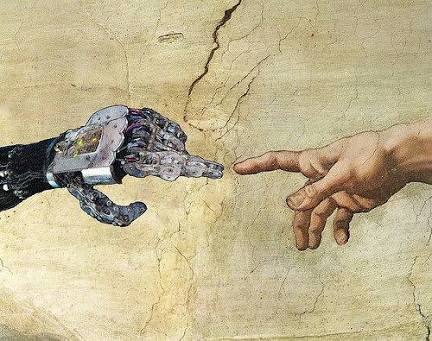A black hole is a region of spacetime exhibiting such strong gravitational effects that nothing—not even particles and electromagnetic radiation such as light—can escape from inside it. The theory of general relativity predicts that a sufficiently compact mass can deform spacetime to form a black hole.The boundary of the region from which no escape is possible is called the event horizon. Although the event horizon has an enormous effect on the fate and circumstances of an object crossing it, no locally detectable features appear to be observed. In many ways a black hole acts like an ideal black body, as it reflects no light. Moreover, quantum field theory in curved spacetime predicts that event horizons emit Hawking radiation, with the same spectrum as a black body of a temperature inversely proportional to its mass. This temperature is on the order of billionths of a kelvin for black holes of stellar mass, making it essentially impossible to observe.
Some of evidence of Black hole
By their very nature, black holes do not directly emit any electromagnetic radiation other than the hypothetical Hawking radiation, so astrophysicists searching for black holes must generally rely on indirect observations. For example, a black hole's existence can sometimes be inferred by observing its gravitational interactions with its surroundings.
The Event Horizon Telescope (EHT), however, run by MIT's Haystack Observatory, is an attempt to directly observe the immediate environment of the event horizon of Sagittarius A*, the black hole at the centre of the Milky Way, and to produce a silhouetted image of it. The first such image may appear as early as 2018. In 2015, the EHT managed to detect magnetic fields just outside the event horizon of Sagittarius A*, and even discern some of their properties. The existence of magnetic fields had been predicted by theoretical studies of black holes.
Detection of gravitational waves from merging black holes
On 14 September 2015 the LIGO gravitational wave observatory made the first-ever successful observation of gravitational waves. The signal was consistent with theoretical predictions for the gravitational waves produced by the merger of two black holes: one with about 36 solar masses, and the other around 29 solar masses. This observation provides the most concrete evidence for the existence of black holes to date. For instance, the gravitational wave signal suggests that the separation of the two objects prior to the merger was just 350 km (or roughly 4 times the Schwarzschild radius corresponding to the inferred masses). The objects must therefore have been extremely compact, leaving black holes as the most plausible interpretation.
More importantly, the signal observed by LIGO also included the start of the post-merger ringdown, the signal produced as the newly formed compact object settles down to a stationary state. Arguably, the ringdown is the most direct way of observing a black hole. From the LIGO signal it is possible to extract the frequency and damping time of the dominant mode of the ringdown. From these it is possible to infer the mass and angular momentum of the final object, which match independent predictions from numerical simulations of the merger.[116] The frequency and decay time of the dominant mode are determined by the geometry of the photon sphere. Hence, observation of this mode confirms the presence of a photon sphere, however it cannot exclude possible exotic alternatives to black holes that are compact enough to have a photon sphere.
From above discussed theory we can conclude that Black hole exist.





















